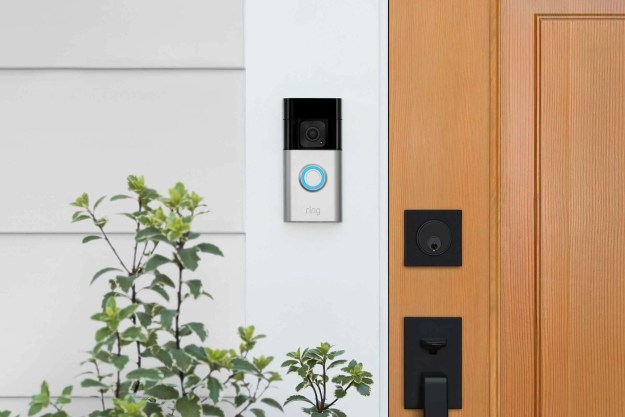
Segway raised eyebrows a few years ago with the unveiling of its first self-balancing, electric-powered two-wheeled human transporters. Despite some undeniably cool technology (including using gyroscopes to keep the vehicles balanced) the one-person vehicles have yet to live up to the predictions touted at their launch—namely, that they’d transform the nature of transportation and commuting, particularly in urban environments, as folks ditched their cars. Sure, some police and security personnel at places like malls and airports have found good use for Segways, a few fair-weather intrepid tech commuters have latched onto them, and undoubtedly some entrepreneurs are making a fortune renting them by the hour to tourists on beach boardwalks, but, for the most part, few people have seen a Segway in real life and—at prices starting around $5,000—far fewer have considered buying one.
Well, today Segway unveiled the second generation of its two-wheeled human transporter product line in the form of the sleek urban i2 and the ruggedized cross-terrain x2 transporters. Both the i2 and x2 feature new LeanSteer technology: the raised handlbars tilt to the left and right, following users’ natural tendency to lean in the direction they wish to travel. The i2 also uses lithium ion batteries which give the units a long ranges on a single charge and can operate in temperatures down to 14°F/-10°C. The more sidewalk-oriented i2 can get up to 24 miles on a single charge; the more rugged x2 can get up to 12 miles on a single charge. Both the i2 and the x2 also sport Segway’s new wireless InfoKey controller, which provides trip data like speed and distance data, enables users to monitor their Segway’s battery level, and offers a new security alarm feature to help protect the transporters.
The i2 can reach cpeeds of 12.5 miles per hour, weighs 105 pounds, and Segway offers a bunch of accessories to go with the units, as well as models designed for use by police, commercial cargo operators, and commuters. The x2 weighs 120 pounds, features all-terrain low-pressure tires to help with unpaved areas, along with fenders to protect the rider from crud flipped up from the tires. It also tops out at 12.5 mph, but isn’t really intended for use in paved areas. Segway will make versions of the x2 aimed at outdoor adventure users, police, as well as a golf-oriented edition. Prices start at $4,995.
Editors' Recommendations
- Samsung’s new Smart Refrigerators are already discounted
- Samsung’s new AI-powered washer and dryer combo is $1,140 off
- Get up to $1,200 off Samsung’s new AI-powered smart refrigerators
- Get eufy’s new flagship robot vacuum, Omni S1 Pro, at a discount before launch
- Google rolls out new Nest Cam features to Google Home for web


